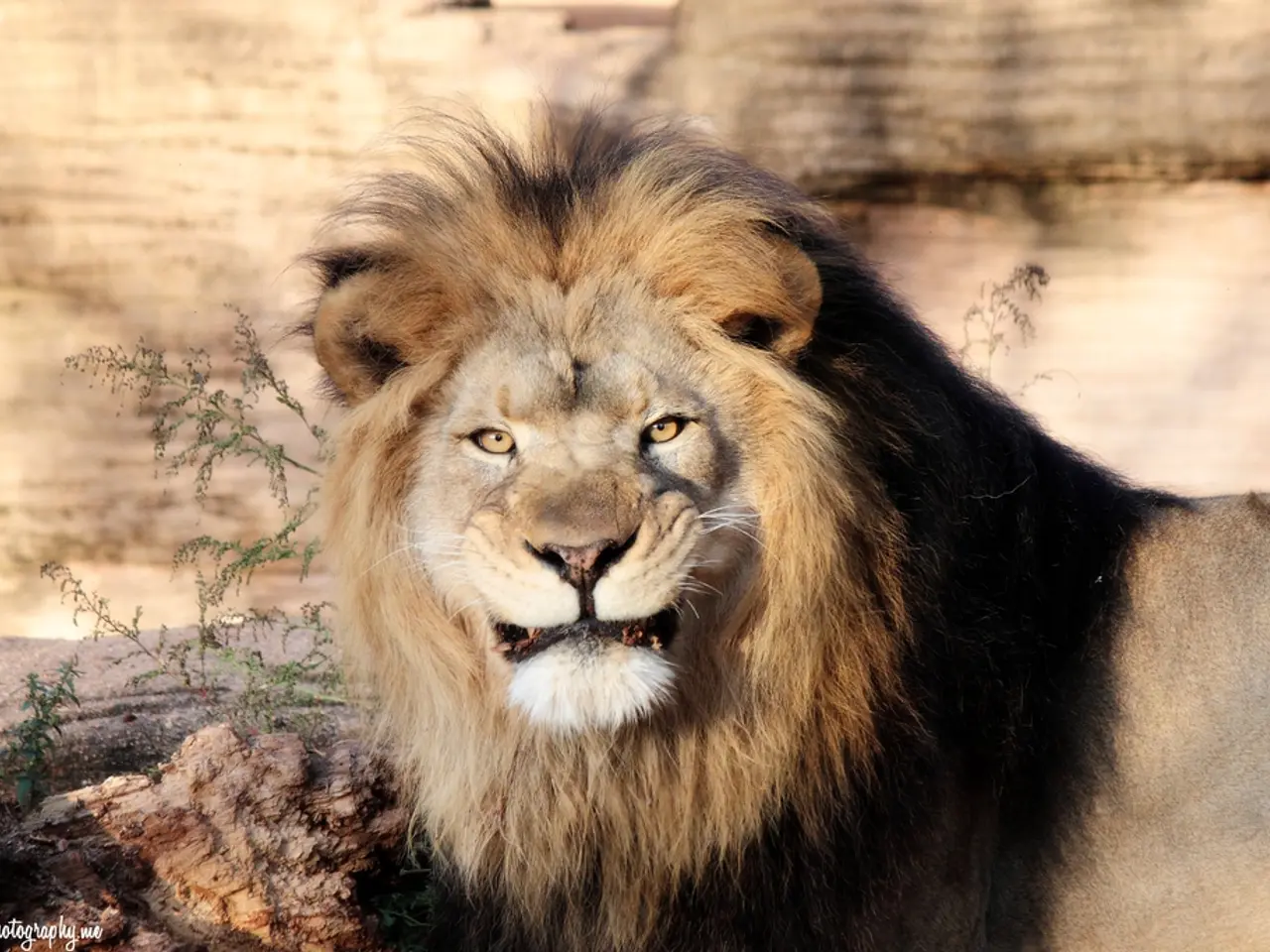In the Past, Australia Sheltered Colossal Thunderbirds and Marsupial Lions
**Uncovering the Mysteries of Giant Thunderbirds and Marsupial Lions**
In the vast and diverse landscape of prehistoric Australia, two awe-inspiring creatures roamed the land and skies - the Dromornithidae, or giant thunderbirds, and the Thylacoleo carnifex, the marsupial lion. These megafauna, now extinct, have left behind a legacy that continues to fascinate scientists and enthusiasts alike.
**The Giant Thunderbirds**
Characterised by their robust bodies and powerful beaks, the Dromornithidae family included species like *Genyornis newtoni*. These flightless birds could reach heights of up to 2.15 meters (7.1 feet) and weigh between 250 to 350 kilograms (550–770 pounds). Their diet remains a subject of debate, with some suggesting they were herbivores or omnivores, given their robust beaks and strong necks that might have allowed them to consume tough plant material or small animals.
Adapting to the ever-changing Australian climate, these birds played a significant role in dispersing seeds or consuming vegetation, potentially influencing plant diversity and structure in prehistoric Australian ecosystems. Due to their size, they might have had few natural predators, but they could have competed with other large herbivores or omnivores for resources.
**The Marsupial Lions**
*Thylacoleo carnifex*, the marsupial lion, was a formidable predator that lived during the Pleistocene epoch in Australia. It was about the size of a leopard and weighed around 100 to 130 kilograms (220 to 287 pounds). Its powerful forelimbs and sharp claws, with a distinctive thumb-like first claw used for grasping and tearing flesh, allowed it to hunt large prey, including other marsupials.
As apex predators, marsupial lions played a crucial role in regulating populations of other marsupials and smaller animals, influencing the structure and diversity of their ecosystems. They likely had significant impacts on prey populations, potentially affecting resource distribution and ecosystem balance.
**Lessons from the Past**
The stories of these ancient creatures offer valuable lessons about adaptation, resilience, and the interconnectedness of all living things. Indigenous Australian cultures have stories and myths about these giant creatures, highlighting their significance in cultural heritage. Fossil evidence from sites like Riversleigh in Queensland provides insights into the anatomy, behavior, and environment of the giant thunderbirds and marsupial lions.
The fascination with prehistoric Australia invites us to reflect on the fragility of life and the ever-changing nature of our planet. The allure of prehistoric Australia captivates scientists and enthusiasts, inspiring awe and curiosity about evolution, adaptation, and extinction. The intertwining of science and culture enriches our understanding of these ancient beings, offering a unique perspective on the natural world.
Paleontologists study the remains of these ancient creatures to reconstruct their lives and piece together Australia’s prehistoric past. The echoes of the footsteps of giant thunderbirds and marsupial lions serve as a poignant reminder of the impact human actions can have on biodiversity. The extinction of these megafauna, including the giant thunderbirds and marsupial lions, is a subject of scientific inquiry, with theories suggesting a combination of climate change, human activity, and ecological shifts as potential causes.
Exploring the lost world of giant thunderbirds and marsupial lions challenges us to consider our role in preserving the natural world for future generations. The presence of these large animals, known as megafauna, had a profound impact on the ecosystems they inhabited, and their disappearance serves as a poignant reminder of the impact human actions can have on biodiversity.
- In our planet's vast history, there lies the story of evolution, as witnessed by the existence of creatures like the Dromornithidae (giant thunderbirds), whose scientific study falls under the umbrella of environmental science.
- The influence of these extinct giants, such as the Thylacoleo carnifex (marsupial lion), reaches beyond the space-and-astronomy realm, impacting the alignment of biodiversity in its ecosystems and providing us with invaluable lessons on adaptation and ecosystem balance.
- As we delve deeper into unraveling the mysteries of these ancient creatures, we find parallel relationships between their stories and the ever-evolving world of mixed-martial-arts (MMA), both showcasing elemental battles, competition, and survival.
- Remnants of our planet's past, like those of the Dromornithidae or Thylacoleo carnifex, serve as a stark reminder of the profound impact that climate change can bring, altering the landscape and driving extinction, lessons that can inspire us to safeguard the environment and preserve biodiversity.
- Even in the realm of sports, a field seemingly unrelated to environmental science or ancient creatures, one cannot help but draw parallels – the tenacity and resilience displayed by our modern athletes echo the adaptive prowess of creatures like the giant thunderbirds and the marsupial lion, symbolizing the unbreakable bond between all living organisms and the environment that sustains them.








